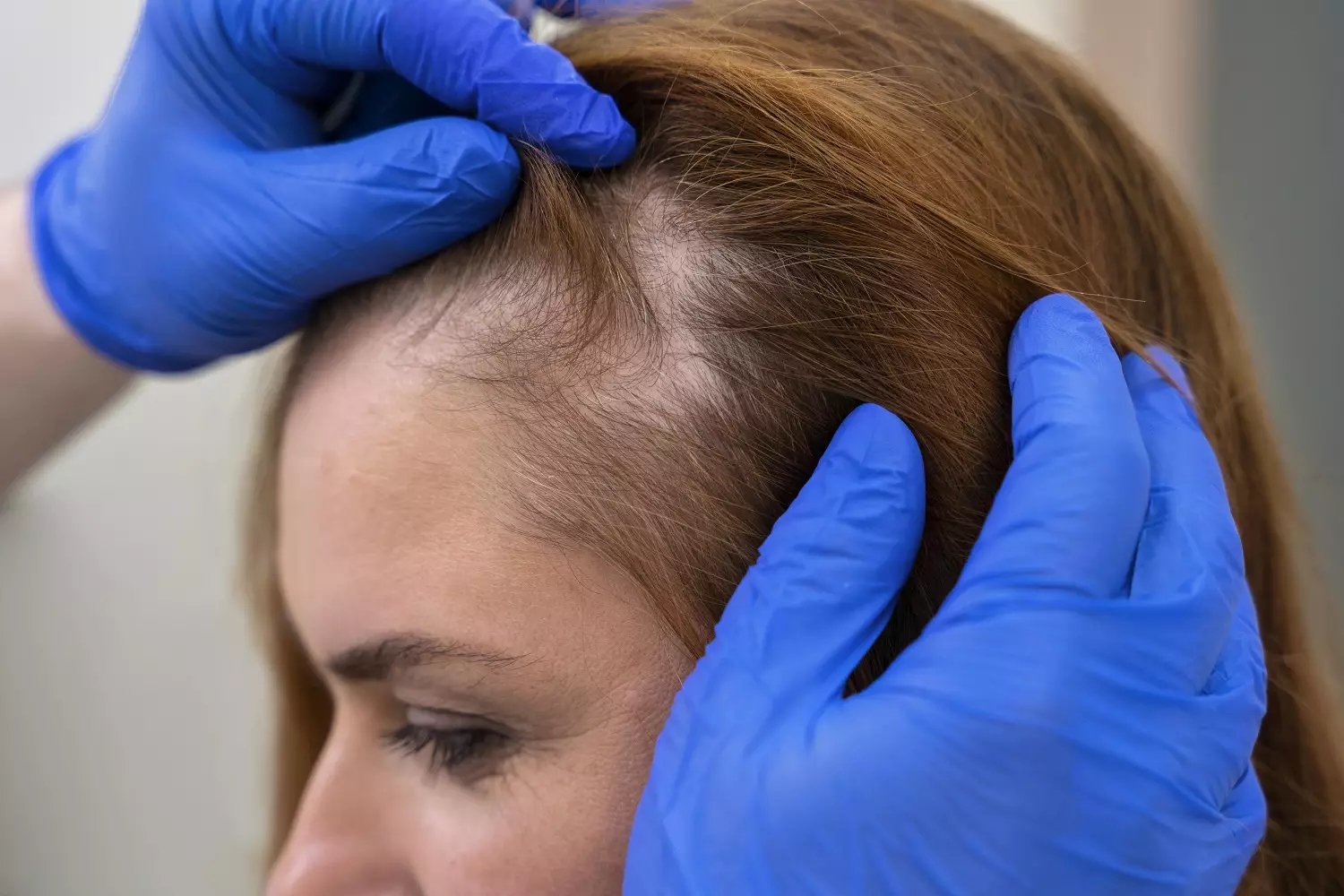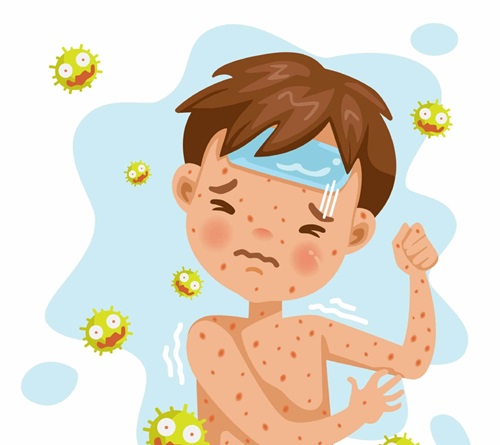
When does alopecia occur
When does alopecia occur
Alopecia can occur at any age, with most people developing it between the ages of ten and thirty. Children under the age of ten can also develop alopecia, which tends to be more widespread and advanced in them.
Alopecia:
Hair loss is a very common problem, and alopecia is one of the types of hair loss that occurs as a result of the immune system attacking hair follicles, leading to hair loss. Hair loss can occur anywhere on the body, but alopecia areata primarily affects the face and scalp. Hair falls out in patches, and in some cases, hair loss can occur in larger amounts. Most people with alopecia do not have any other symptoms.
Is alopecia hereditary
If your family members have alopecia, you are more likely to be at higher risk of developing alopecia. However, not having a family history of alopecia does not mean you won't develop it. Recent studies suggest that genetics play a role in causing alopecia areata, with most of these genes affecting the immune system.
Types of Alopecia:
- Alopecia areata: In this type, which is the most common, hair loss occurs in one or more patches on the scalp or body.
- Alopecia totalis: People lose most or all of their hair on the scalp, and rarely may lose all or nearly all hair on the scalp, face, and rest of the body.
What are the symptoms of alopecia:
Alopecia mainly affects hair but can also have effects on nails. People affected often do not have any other symptoms. Alopecia areata usually starts with sudden oval or round patches of hair loss on the scalp but can occur anywhere on the body, such as the beard in men or eyebrows and eyelashes. There may be short broken hairs in the affected areas without skin rash, redness, or scarring. Hair may regrow in bald patches but may be followed by further episodes of hair loss that are difficult to predict.
As for nail changes: Some people may experience changes like ridges or pitting, especially those experiencing more significant hair loss.
Diagnosis of Alopecia:
Alopecia is diagnosed through clinical examination, with a dermatologist typically using a dermatoscope (a magnifier) to get a better view of the affected area. The doctor may also need to perform a skin biopsy or remove some hairs for microscopic examination. - The doctor may request some tests for thyroid gland levels, iron, and vitamins. Inform your doctor if anyone in your family has had alopecia in the past.
Can hair regrow after alopecia? Hair tends to grow back on its own completely in people who have:
- Less widespread hair loss
- No nail changes
- Developed the disease at a later age
- No family medical history
Treatment for Alopecia:
It is important to know that there is no one-size-fits-all treatment for alopecia, and it varies depending on the patient's condition. Your doctor may inform you that your alopecia does not require treatment but should be monitored. The doctor will choose the appropriate treatment for your condition based on factors such as:
- Onset of hair loss
- Amount of hair loss
- Age (treatment varies with age, especially in children)
If you have one or two bald patches that have appeared less than a year ago, the doctor may recommend observation and waiting, especially in children, as hair may regrow without any medical intervention or medication.
Children aged 10 years and under: Hair often regrows spontaneously in these children, but the doctor may prescribe:
- Topical corticosteroids: Applied once or twice daily to the bald patches, this treatment can be effective on its own for combating bald patches.
- Minoxidil: A relatively safe option for children with minimal side effects, it helps maintain new hair growth.
For children over 10 years old, treatment is based on the amount of hair loss. If significant hair loss is present, the doctor may prescribe immunomodulatory or topical immunosuppressive treatments for children over 12 years old.
For adults and older children:
- Corticosteroid injections: Directly injected into the bald patches, multiple doses are needed every 4-6 weeks for effective treatment. This procedure can be slightly painful but is effective, with new hair growth typically visible after the first dose within about 3 months.
- Topical corticosteroids: Applied once or twice daily to the bald patches, often yielding better results in children than in adults.
- Anthralin: Applied to the bald patches and left on the skin for a specified duration, it may cause skin irritation. Minoxidil should be used after hair growth for optimal results.
- Minoxidil: Maintains new hair growth and requires multiple applications per day (2-3 times), often combined with another treatment, providing good results on the scalp, beard, and eyebrows.
Alopecia Totalis:
Sometimes alopecia can progress to cause widespread hair loss rather than just bald patches, resulting in complete hair loss on the scalp or even the body. In such cases, medical treatment is necessary as only a few patients will experience spontaneous regrowth without medical intervention:
- Topical immunomodulatory treatment: This treatment aims to stop the immune system from attacking hair follicles and requires regular visits for treatment repetition.
- JAK inhibitors: These medications inhibit the immune system attacking hair follicles and can help treat widespread hair loss. They may aid in regrowing eyelashes and eyebrows, such as Baricitinib (one tablet daily) and Ruxolitinib for children over 12 years old and adults (also one tablet daily). Consult your dermatologist for prescription based on your condition.



